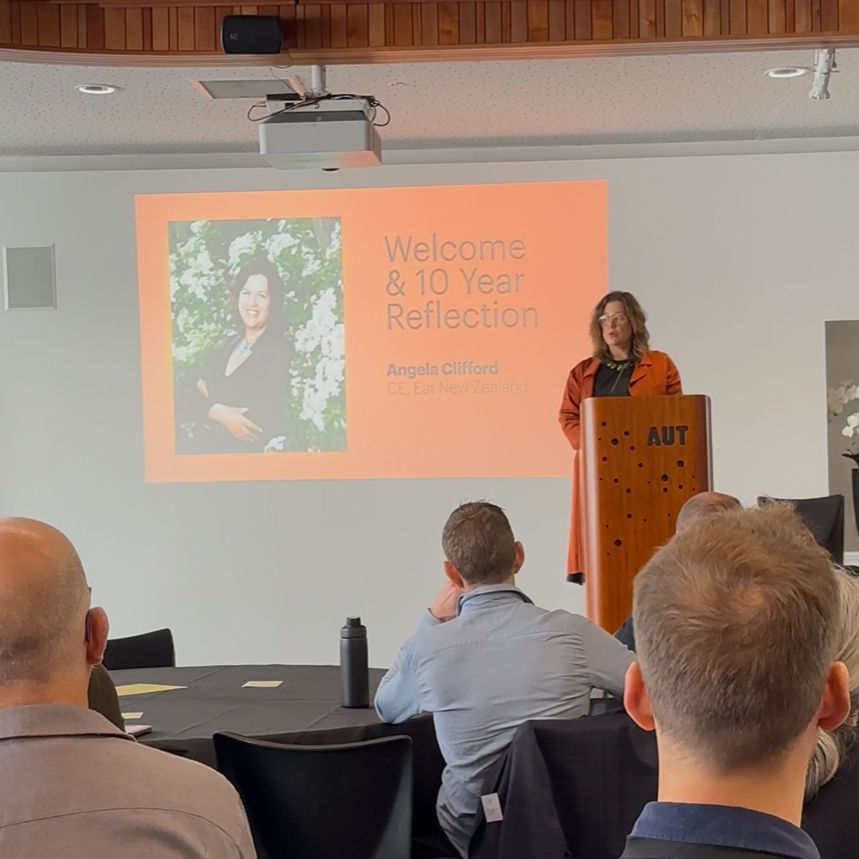Behind Food Waste: Electricity
- Michal Garvey
- Apr 2
- 3 min read
Updated: Apr 2

This year we’ve been taking a look behind food waste, and with Earth Day’s 2025 theme being Our Power Our Planet, we thought this was a great opportunity to look into Electricity.
Earth Day is celebrated each year on 22 April to bring awareness to environmental issues. The 2025 theme {Our Power Our Planet} champions the switch to renewable energy and tripling the global output of clean electricity by 2030. But what does food waste have to do with energy use? When food is wasted, so are all the resources used to produce it. We’re reliant on electricity throughout the food production and supply chain. Without it, we can’t milk the cows, harvest produce or even water the crops, nor can we keep food refrigerated or heated.
For many of us, electricity isn’t something we think about much, well, not until we’re paying that pesky power bill. We simply turn on a switch to ignite the oven or boil the kettle. But behind the switch, electricity is complex and unfortunately, all electricity is not created equally. Over 60% of electricity consumption across the globe still comes from fossil fuels - think coal, gas, and oil - emitting greenhouse gases contributing to global warming. The good news is there are cleaner, renewable alternatives - an abundance of them - just waiting to be harnessed across the globe
While fossil fuels still make up around 60-70% of our total energy consumption in Aotearoa, around 80% of our electricity is generated from renewable sources. Our ability to generate renewable electricity is largely thanks to us being an island nation with an abundance of mountains, lakes, rivers, and we also get relatively consistent wind and rainfall. In addition, we have good access to geothermal resources - another great source of renewable energy. Unfortunately, in recent years, we’ve had to increase our reliance on coal due to droughts caused by climate change, which resulted in less energy being created by hydro lakes. Consistency of supply is one of the biggest challenges to renewable energy, meaning that a diverse range of sources is essential. New Zealand has added two new wind farms to help combat any changes in the climate that affect the creation of renewable energy from lakes. With further investment and commitment, it’s possible for us to achieve our aspirational goal of 100% renewable electricity by 2030. This is in line with the Paris Agreement and Sustainable Development Goal 7: Ensure access to affordable, reliable, sustainable and modern energy for all.
Given the role that energy sources play in slowing global warming, it’s no surprise that more countries are adopting renewable energy sources each year. Uruguay, a country once dependent on oil imports, has transformed its energy use to come from 98% renewable sources generated within the country. Half of Kenya’s electricity generation is from geothermal energy, resulting in less strain on the grid and reduced carbon dioxide and acid rain emissions. One-third of Australian homes use solar power, and Denmark generates 50% of their energy from wind turbines. These are just a few examples that prove a renewable energy future is possible. With different terrains and climates, the mix of renewable energy sources that each country adopts will be specific to them.
Thinking back to why all of this matters for us, given that we don’t necessarily know what energy sources are used to produce our food, it’s important to remember that when we waste it, we’re wasting the electricity and its emissions too. Yet another example of how interconnected and complex the climate crisis is, and the contribution to it that food waste makes.
Earth Day has been raising awareness of Environmental issues for 55 years. In many ways, it’s wild to think that the same conversations that sparked the beginning of this movement in 1970 are still required today. This Earth Day, we invite you to switch off the lights and snack on some rescued treats while putting your feet up and remembering that each of your small actions adds up in the collective.
Sources:


Comments